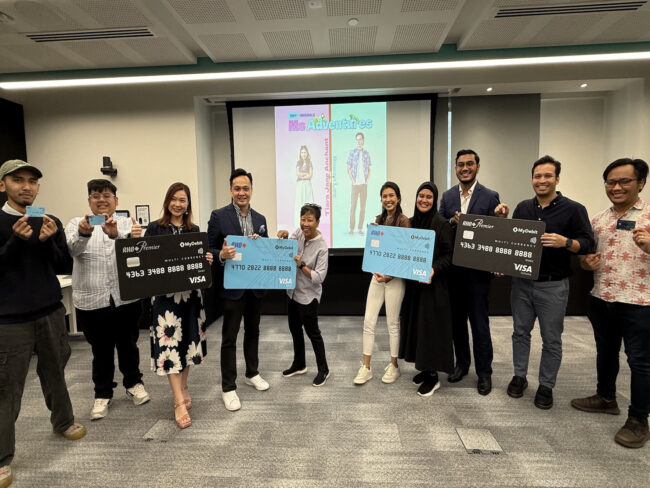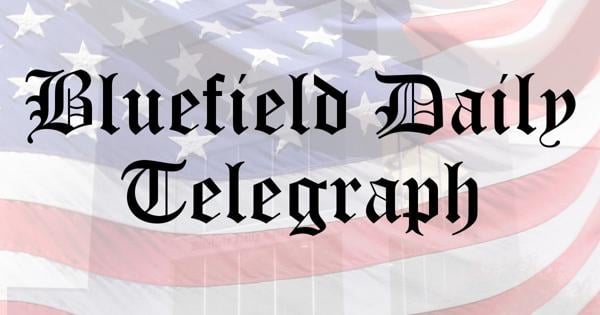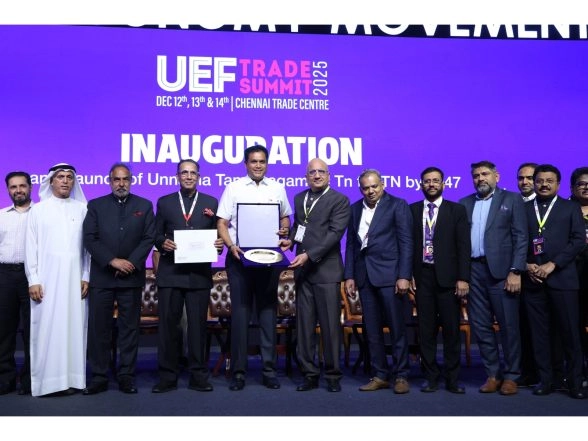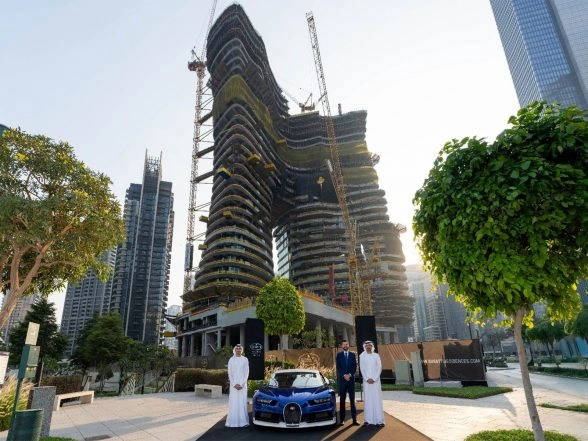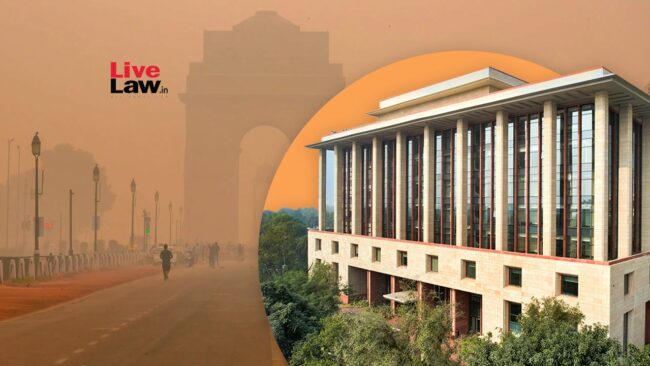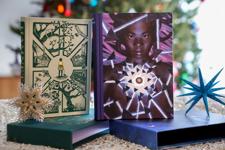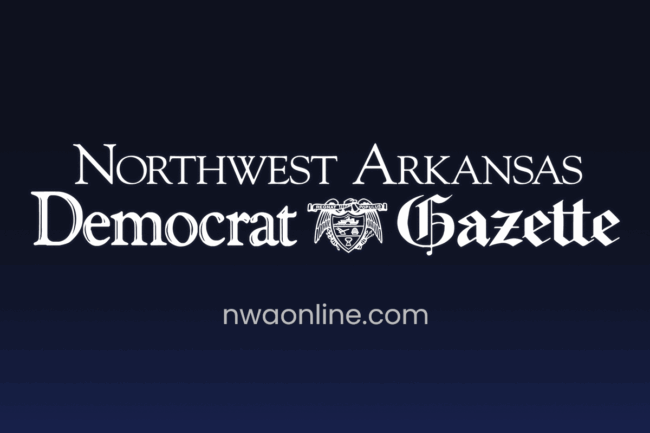Christmas Week Warm-Up Expected Across Texas, Georgia, Florida, and the Carolinas as More Southern States Trend Toasty
UNITED STATES — Forecast data for December … , with many additional Southern states expected to experience above-normal … southern tier of the United States. Key states trending warmer-than-normal … a strong contrast:
Southern states: Stable warmth and above- …


